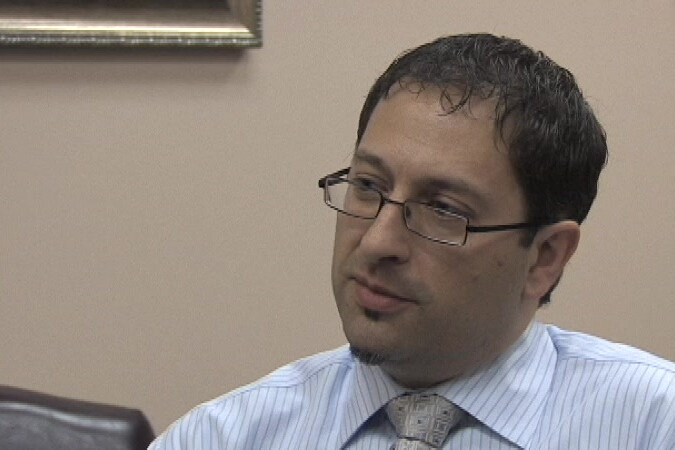6.7 The Data and Decision-Making Cycle
Making good decisions relies on knowledge. Knowledge comes from data but is not equal to it. A utility can have a lot of data and very little knowledge if the data is incomplete, of poor quality, inaccessible, or of the wrong type. For example, a utility may have 2,000 repair records for their main line pipes for the past 10 years. The records are scattered around an office and many of them are incomplete. There is no consistency between the records, so it isn't easy to tell what work was done. Information such as pipe type and size is missing from the records. Clearly, the utility has a lot of data. What it doesn't have is knowledge. This utility would not be able to determine which type of pipe was breaking nor could it comfortably rely on the data due to the poor quality. It would also be hard to use the data because it is in paper form and scattered throughout the office.
At the beginning of an Asset Management program, it is highly unlikely that a utility collects all of the data it needs at a sufficient quality, organized in an accessible manner. Most likely, the utility will need to figure out what data it wants in order to improve decision-making. It will also have to establish parameters for the data quality and determine the best method to store the data.
The utility should consider data gathering and decision-making to be a cyclical process. Data will be collected and analyzed to gain knowledge and inform the decision-making process. This analysis will also point out weaknesses in the data, data quality, or data storage system. These weaknesses can be addressed and the process can be repeated. For the first several years of the cycle, considerable gains will be made in the ability to make decisions about the right way to manage the assets each time through the cycle. After that, the utility will still make gains, but the increments will be smaller.
Just as there may be data that is needed and is not collected, there may be data that is collected but not needed. If data is not useful for operations, maintenance, or capital decision-making and there is no other compelling reason to obtain the data, it should no longer be collected. Data should not be collected for data's sake; the collection of data takes time and resources and should only be done if there is a need for it.
A data decision-making cycle that includes data collection, data analysis, decision-making, and action followed by data collection, data analysis, revised decision, and action can be used to address many operational and managerial concerns within a utility.





